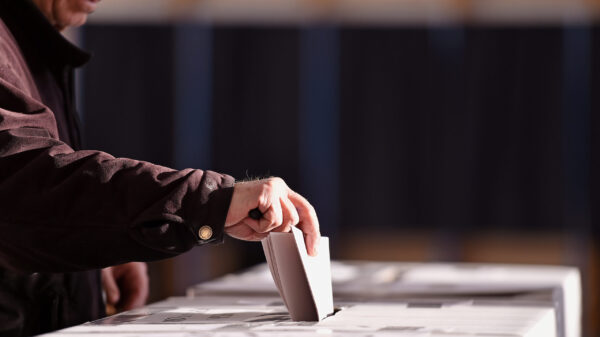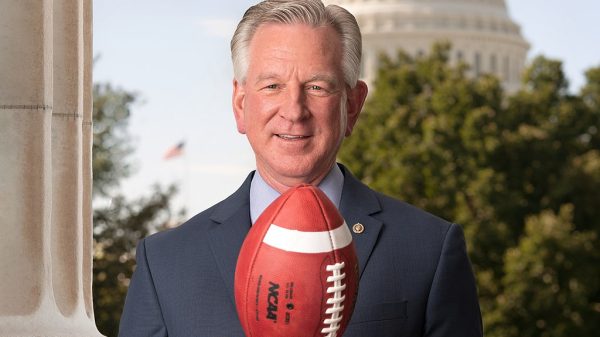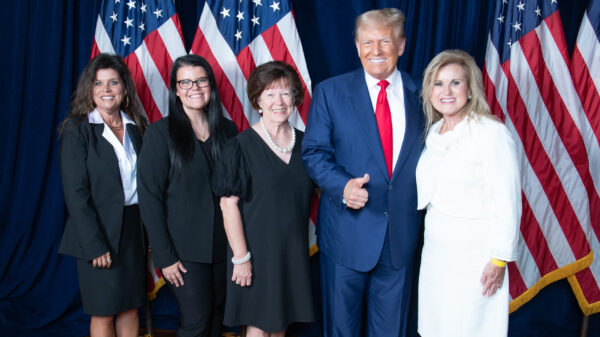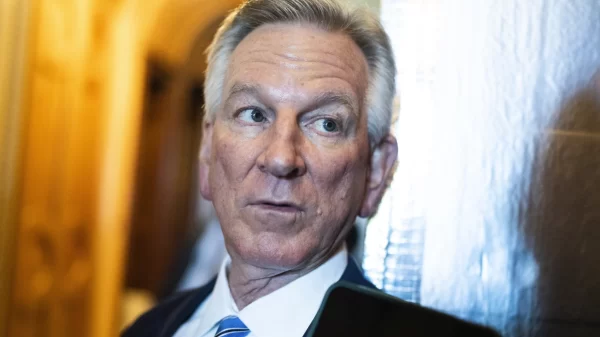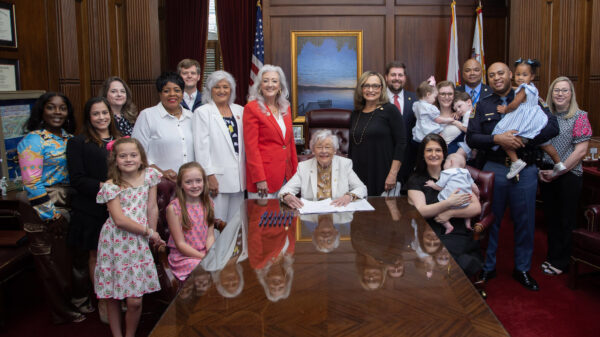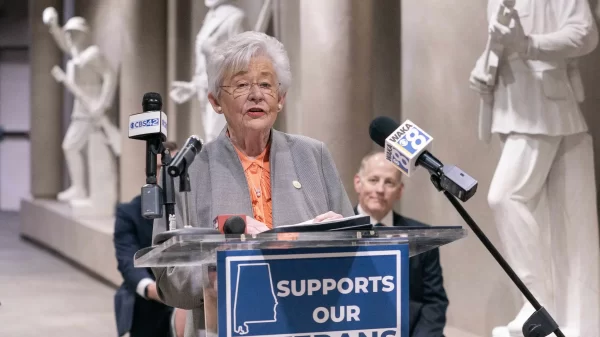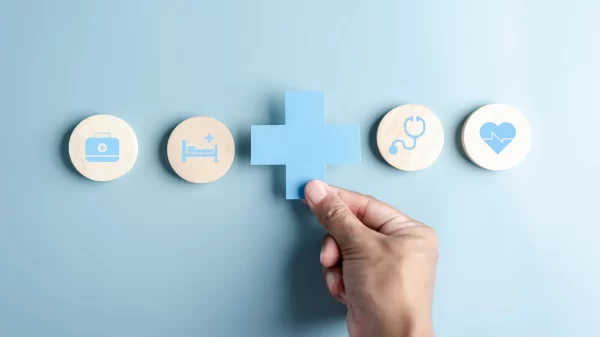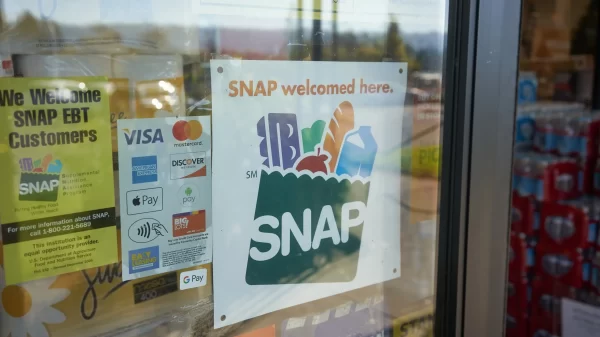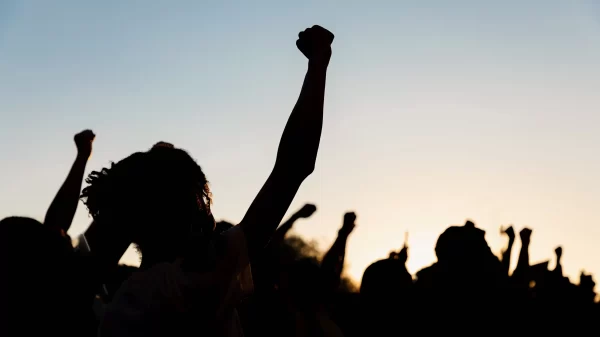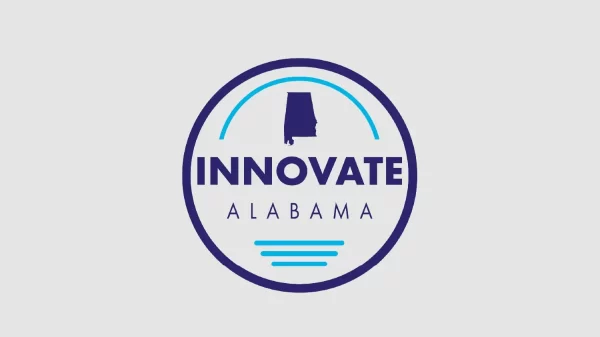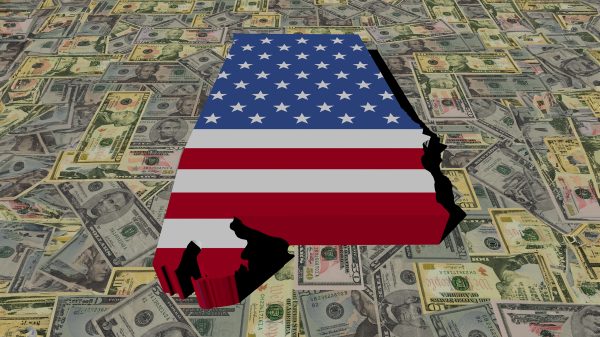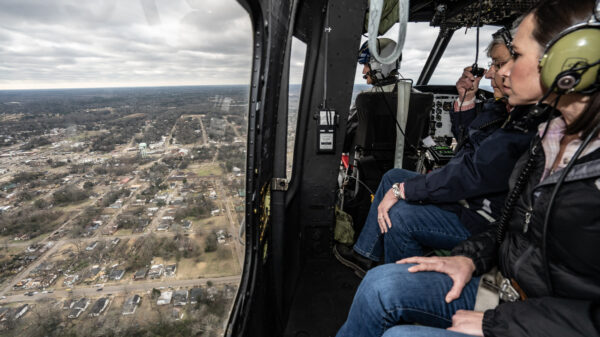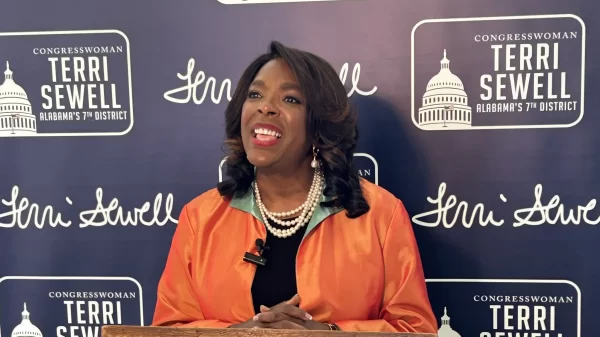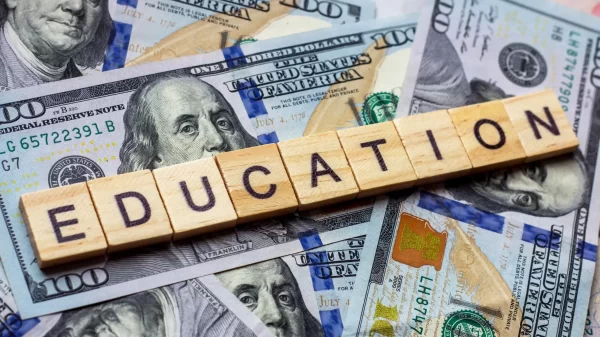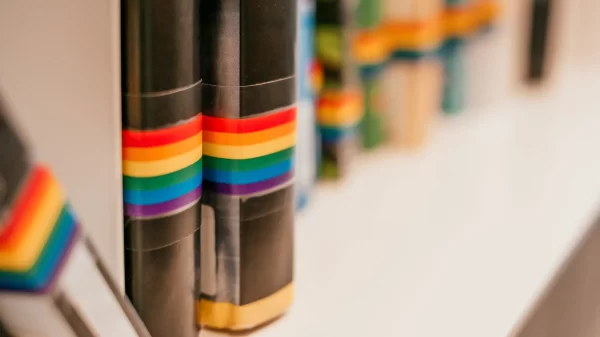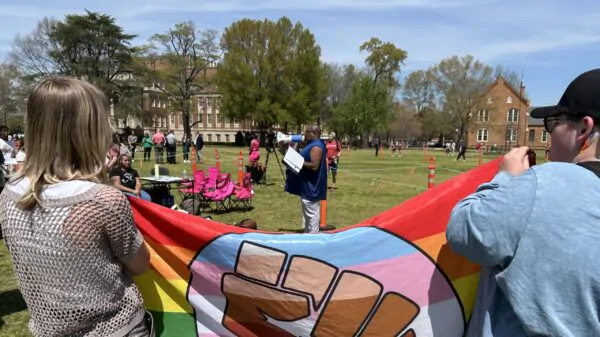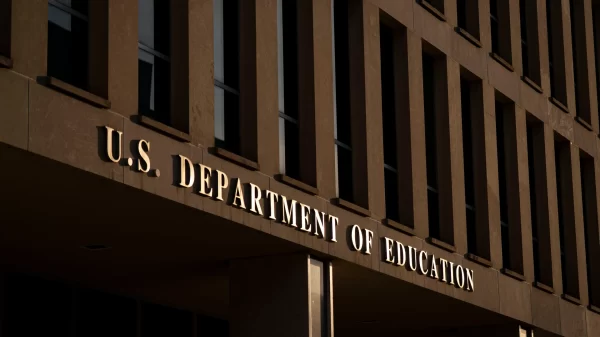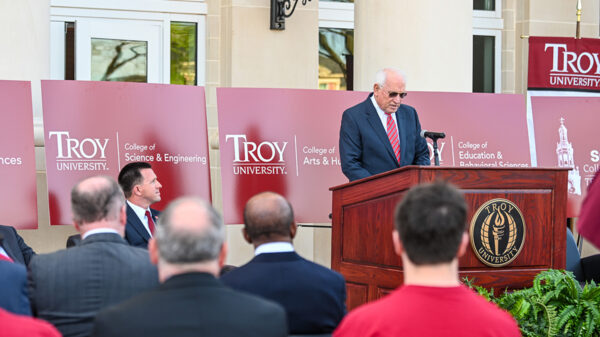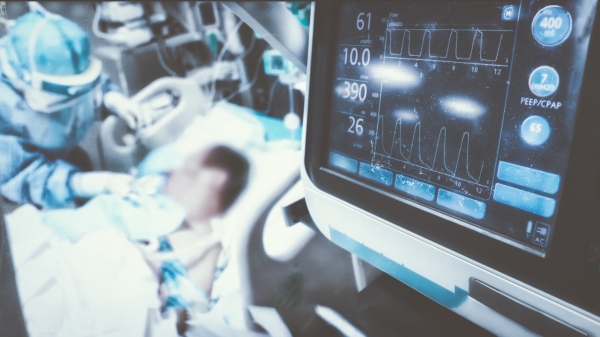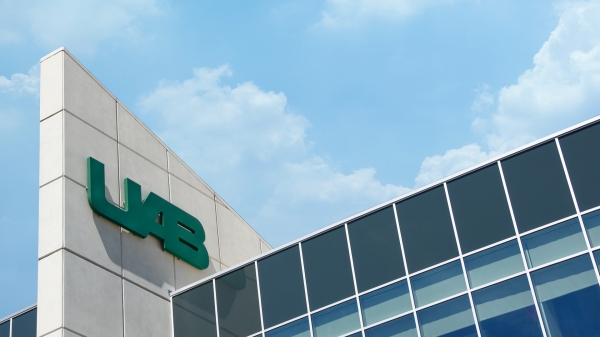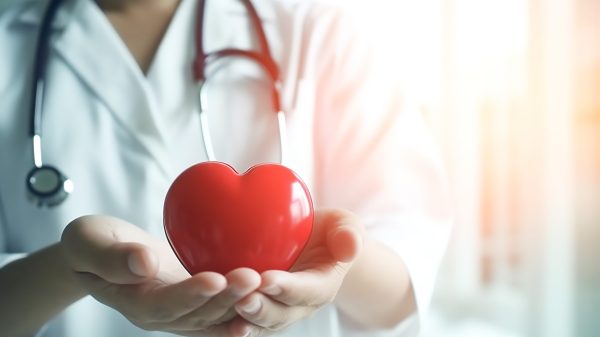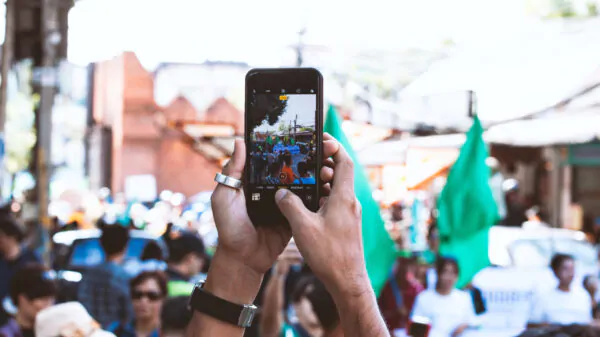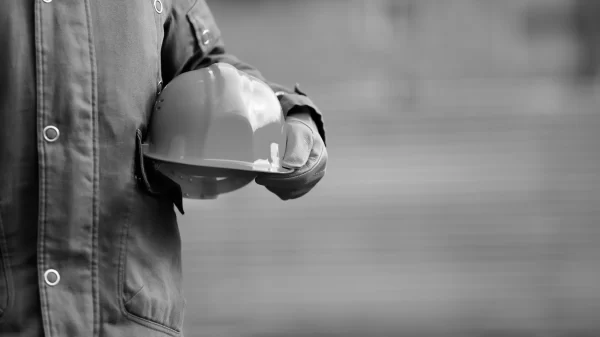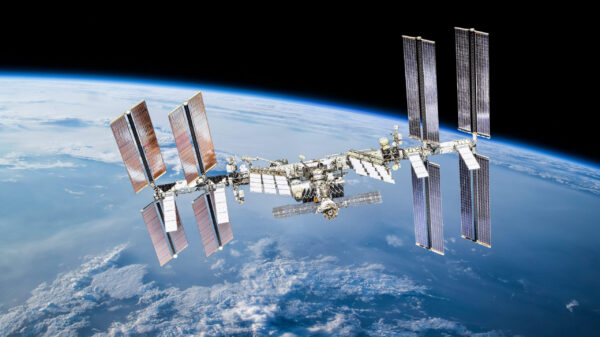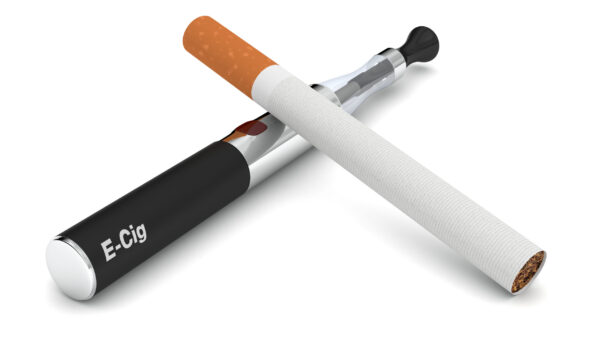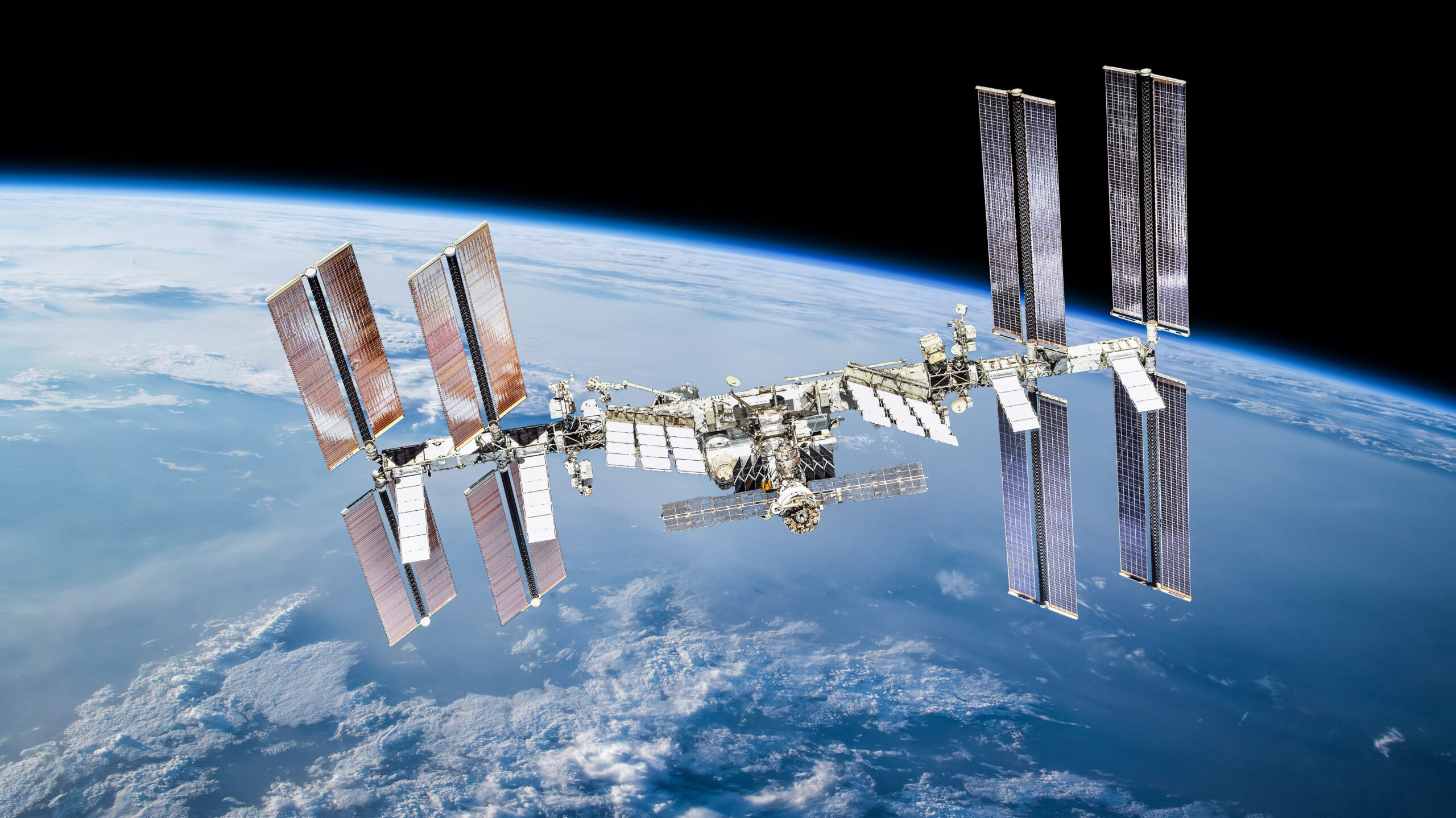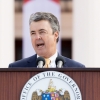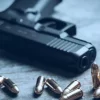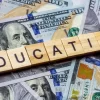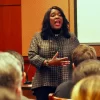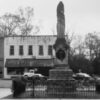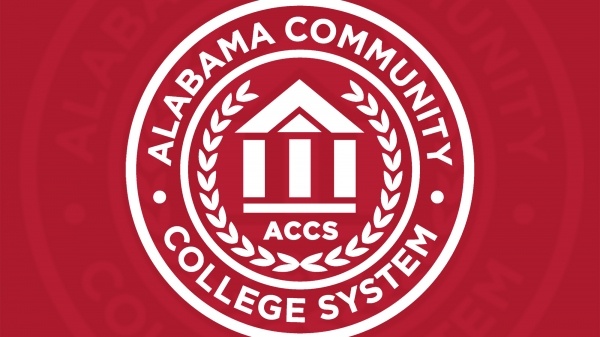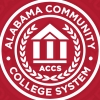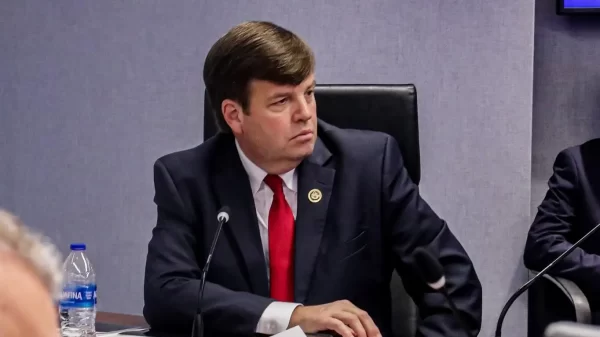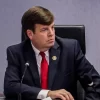|
Getting your Trinity Audio player ready...
|
National medical and veterinary school admission rates hover around 40 percent; nursing programs admit approximately 65 percent of applicants. The Federal Reserve Bank of New York estimates that 30-50 percent of recent college graduates are underemployed. These statistics illustrate a stark reality: academic and professional pathways are highly competitive.
We higher education industry professionals find that a solid GPA and excellent test scores only get students so far. In short, students must do more to positively stand out from the pack of their competitors.
In short, students positively stand out when they do something truly unique. Some study abroad. Some intern or shadow professionals. Some participate in undergraduate research. Some start their own businesses. Some launch meaningful websites. Some even write books or establish nonprofit organizations. These are all good ways for students to build their potential in the eyes of future employers or admissions committees.
By keeping an eye out for meaningful opportunities that aim to make students competitive, colleges and universities can contribute significantly to this process. As an example, consider Central Alabama Community College’s, CACC, recent partnership with the National Center for Earth and Space Science Education, NCESSE. This agreement aims to elevate our students by starting a space program.
Yes, you read that right.
CACC is going to space, baby!
Our newly minted Astronomical Program involves sending a student-developed experiment to the International Space Station this Fall as part of NCESSE’s SSEP Mission 20 to ISS. To this end, participating students learn how to write scientific proposals for experiments they would like to see happen in a microgravity environment. Following proposal evaluation by CACC and SSEP National Step 2 Review Board, the winning project will be sent to the ISS for 6-8 weeks in late Fall 2025. Upon returning to Earth, the experiment will be sent to back CACC for analysis and to eventually share the results.
Student proposals center around gravity’s influence on everyday processes. For example, have you ever noticed that when seedlings sprout up towards the sky, they’re growing against gravity? So, what happens when seedlings sprout aboard the ISS, where gravity is effectively 1/1,000,000 less than on Earth? In essence, students in our Astronomical Program are planning, researching, and developing experiments to see what happens to everyday phenomena when gravitational effects are “turned off.”
So far, we have seen some impressive gains. More than 45 students are enrolled in our new, scholarship-funded, non-credit course (NARS-4001) where they learned about the scientific proposal writing process. To date, student self-assembly into teams yielded 15 proposal topics, ranging from astrodentistry to crystal growth to space farming to cellular biology. Both scientist and non-scientist CACC colleagues have anecdotally noted significantly high levels of scientific interest among the student body in the past few months alone.
Many teams developed their soft skills by meeting at local coffee shops to discuss, develop, and write their proposals collaboratively. Some had to learn new software to generate their proposals, while others have had to learn the art of compromise. Employers and application committees continue to remind us of the importance of these skills in making hiring/admission decisions.
What does the future hold?
According to the SSEP Mission 20 timeline (https://tinyurl.com/Mission20Timeline), we’ll have a winning project and two honorable mentions sometime around mid-April. Experimental optimization will begin soon thereafter. Additionally, our mission patch competition, where area K-12 students create mission patch designs, is about to take off. The winning design will be selected in May and will then launch with the winning experiment in late Fall 2025.
Long term gains are harder to predict. We know that this project will continue to boost student interest in STEM. This type of interest has the potential to support our Nation’s $1 trillion aerospace and defense industry, 3 percent of which is contributed by Alabama. We are also confident that our entry into space will foster future educational opportunities through public and private collaborations. It also cannot hurt that our involvement with SSEP comes at a time of ongoing efforts to move US Space Command to The Yellowhammer State.
Overall, one certainty remains. Student participation in CACC’s Astronomical Program will provide the extra boost students need to positively stand out for future, highly competitive academic and professional opportunities.
About SSEP: The Student Spaceflight Experiments Program [or just “SSEP”] is a program of the National Center for Earth and Space Science Education in the U.S. and the Arthur C. Clarke Institute for Space Education internationally. It is enabled through a strategic partnership with Nanoracks, LLC, which is working with NASA under a Space Act Agreement as part of the utilization of the International Space Station as a National Laboratory.


